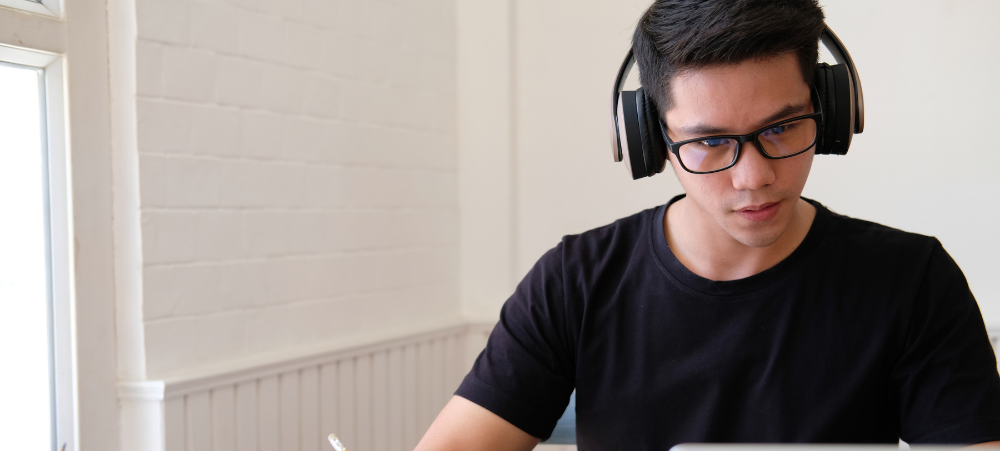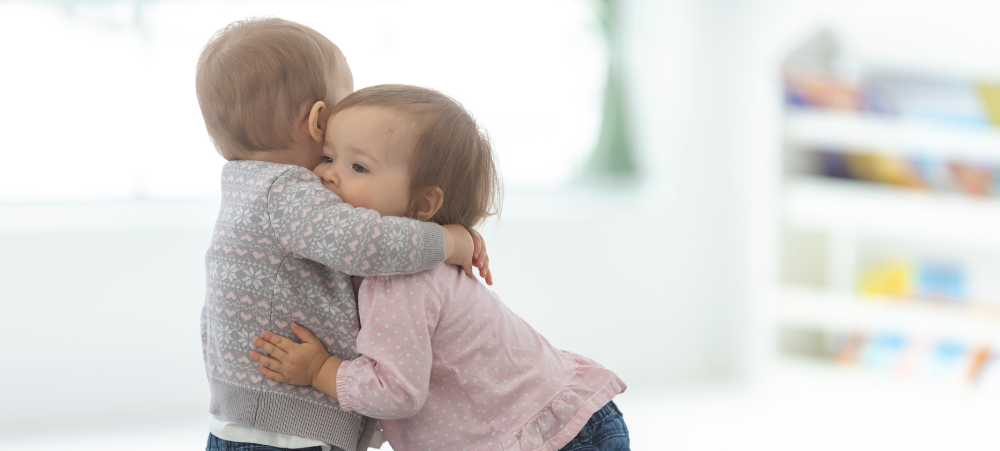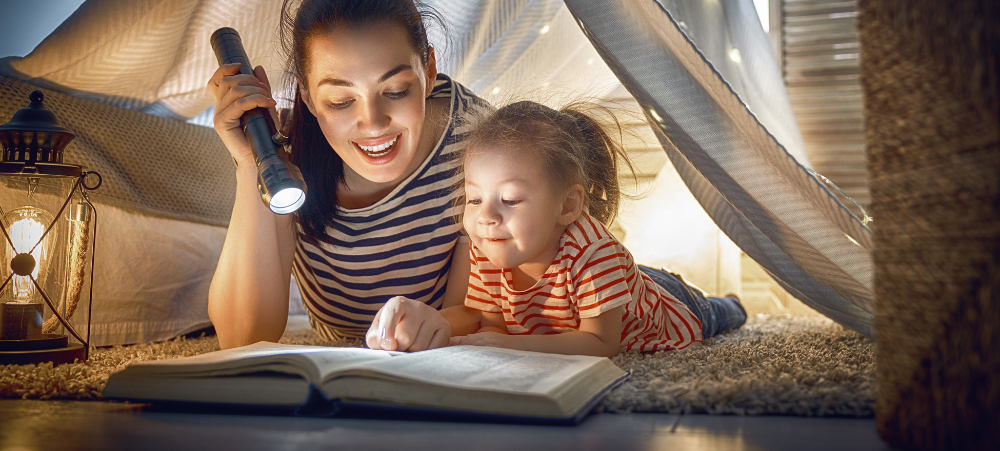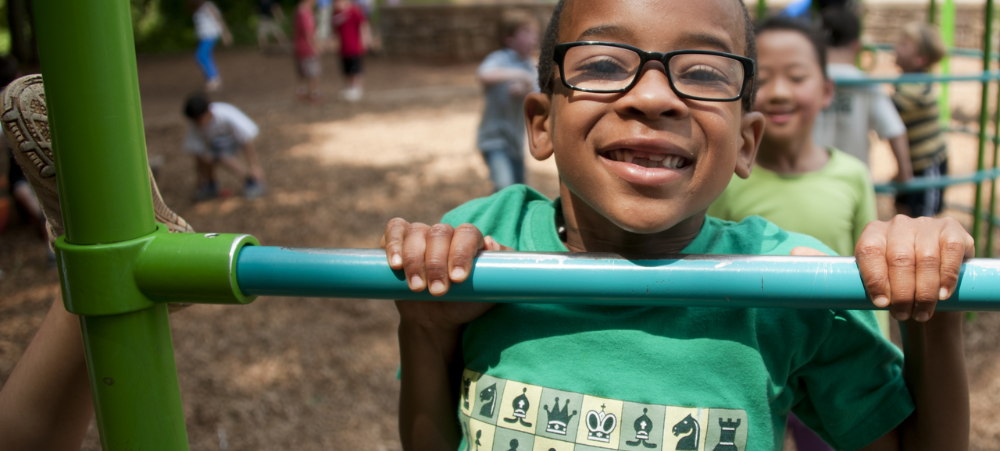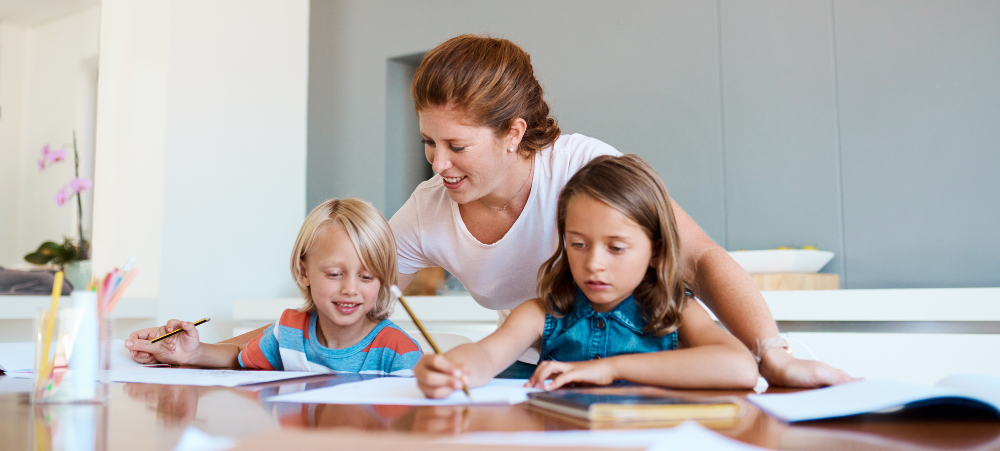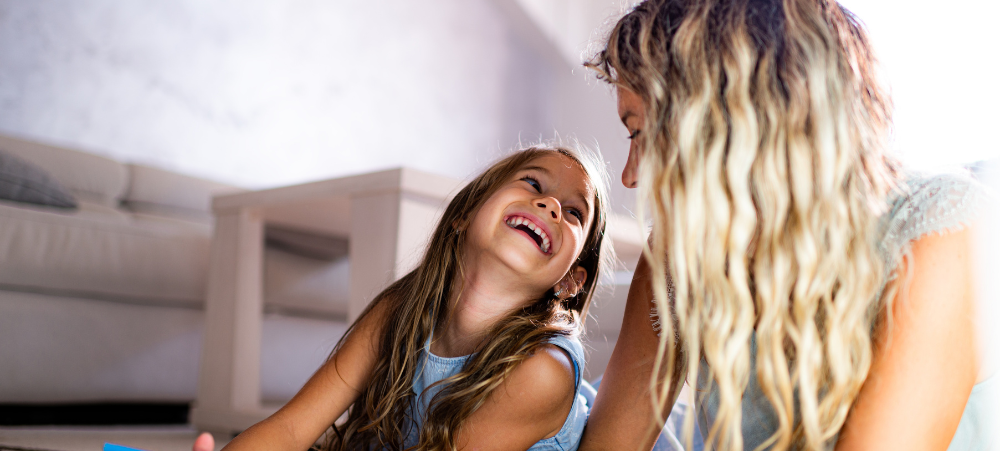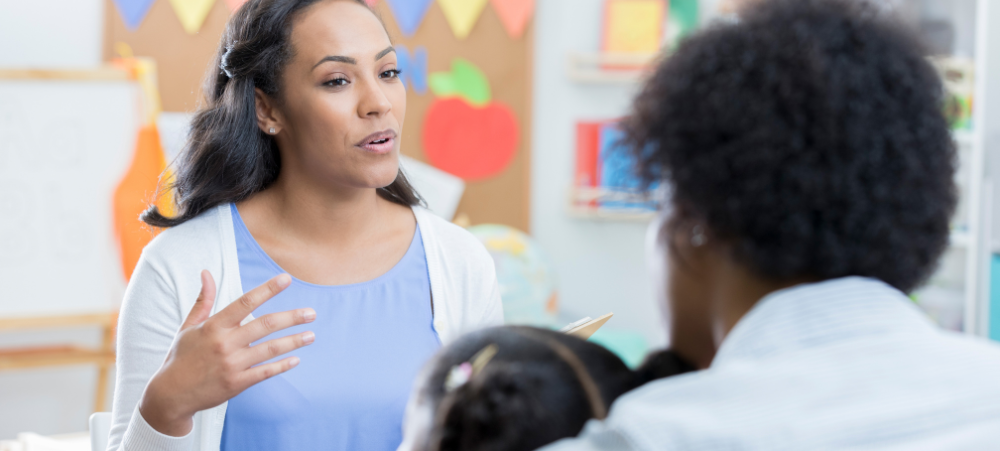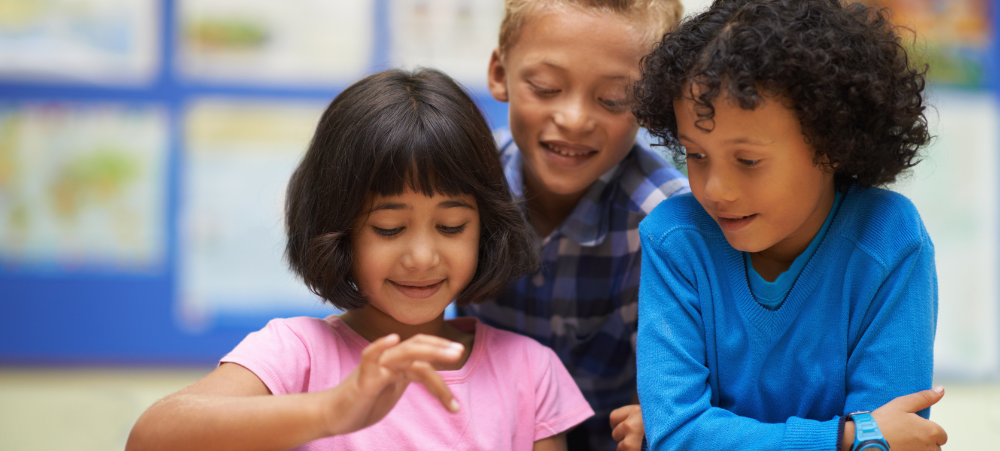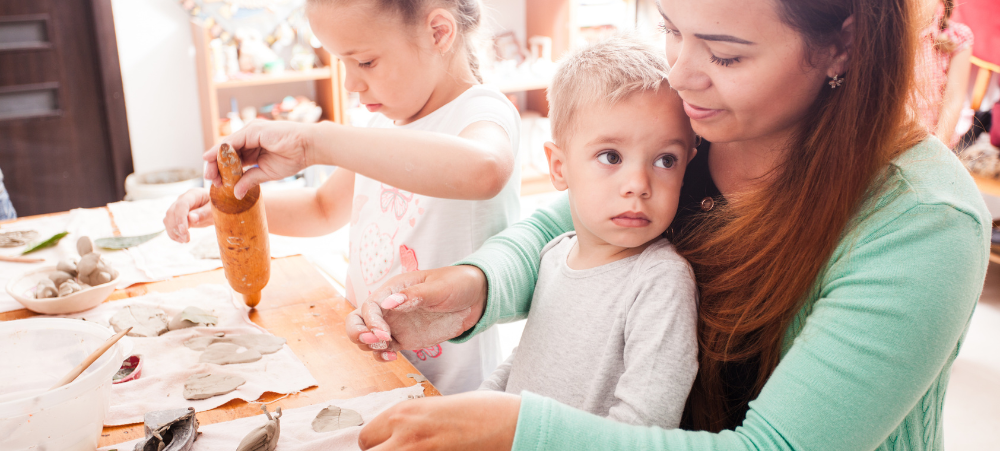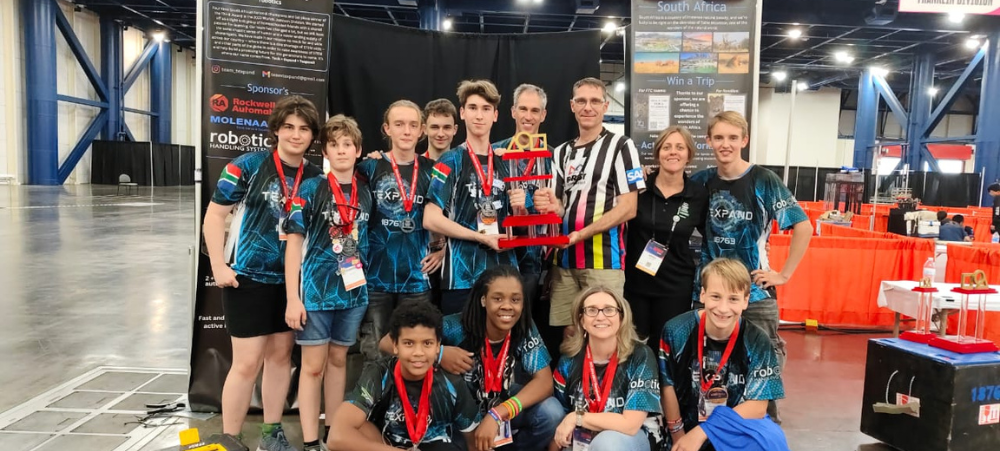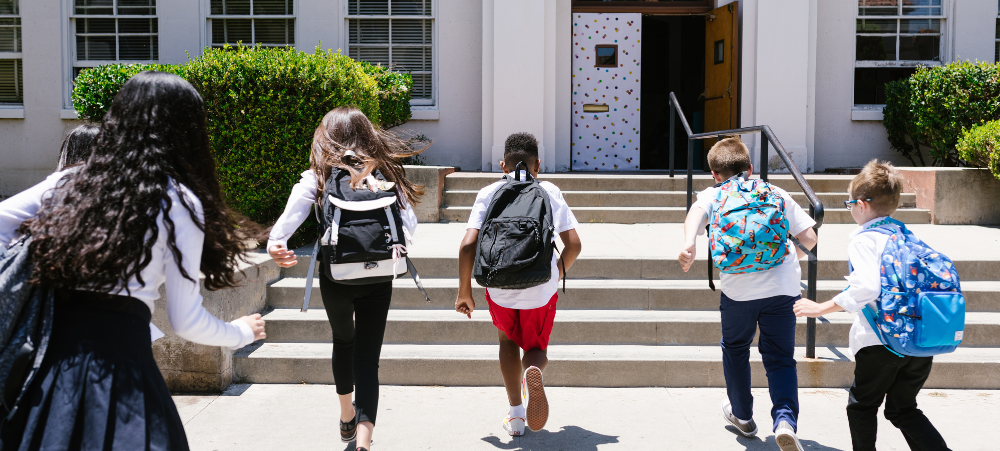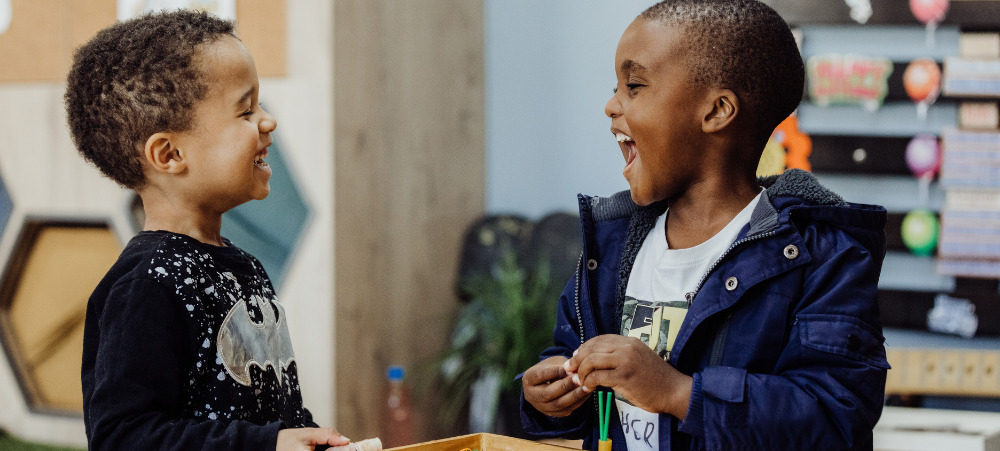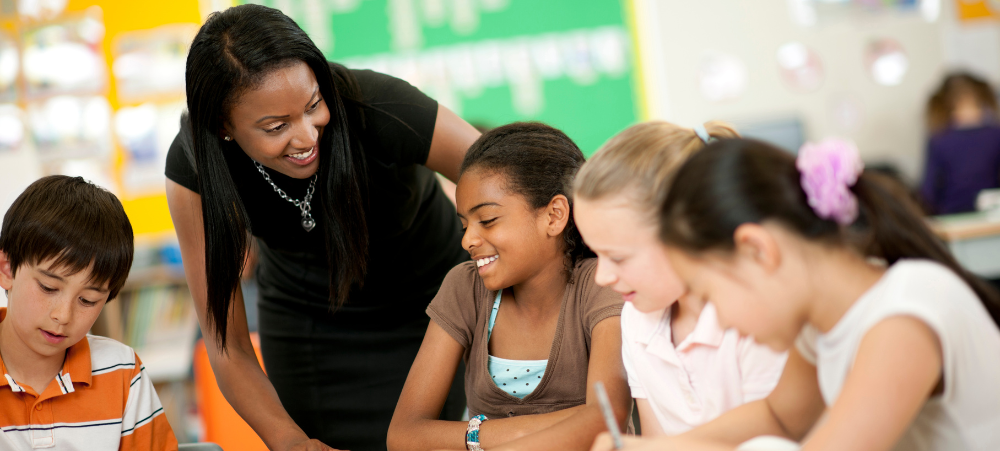
Language and Literacy: The Benefits of Reading in Young Children and it’s Vital Importance in South Africa
As parents in South Africa, we all want the best for our children. We dream of bright futures filled with opportunities. One of the most effective ways to set our children on the path to success is by fostering early language and literacy skills. Reading plays a crucial role in this journey, offering numerous benefits that extend far beyond the pages of a book. In this blog, we’ll explore how reading benefits young children and why it is especially important for us here in South Africa. The Importance of Early Language and Literacy Development Language and literacy are the building blocks of education. They involve the ability to understand, use, and enjoy language in all its forms—speaking, listening, reading, and writing. When we start fostering these skills early in our children’s lives, we lay a strong foundation for their future learning and development. As South African parents, we have the unique opportunity to enrich our children’s lives through storytelling, conversations, and reading. In our culturally diverse nation, this can also mean sharing stories in multiple languages and celebrating our rich heritage while boosting our children’s cognitive abilities. Benefits of Reading for Young Children Cognitive Benefits Vocabulary Expansion: Reading to our children introduces them to a variety of words and phrases they might not hear in everyday conversations. This helps expand their vocabulary and enhances their ability to express themselves. Improved Comprehension Skills: Regular reading helps children understand and process information better. This skill is crucial for their academic success and overall cognitive development. Social Benefits Better Communication Skills: Children who are read to frequently develop superior communication skills. They learn how to articulate their thoughts and listen actively, which are essential skills for social interactions and future learning. Enhanced Empathy: Stories allow children to see the world from different perspectives. This exposure helps them develop empathy and understanding towards others, fostering a sense of community and respect. Emotional Benefits Bonding with Caregivers: Reading together is a special time for bonding. It provides a sense of security and belonging, strengthening the emotional connection between parents and children. Stress Reduction: The soothing nature of reading can help children relax and manage their emotions better, reducing stress and anxiety. Challenges and Opportunities in South Africa South Africa faces several challenges in promoting early literacy, but there are also many opportunities to make a positive impact. Overview of Literacy Rates: Despite progress, literacy rates in South Africa remain a concern, particularly in rural and under-resourced areas. Many children do not have access to books or quality early childhood education. Socio-Economic Disparities: Economic challenges can limit access to books and learning materials, making it harder for some families to prioritize reading. Opportunities for Improvement Government Initiatives: Various government policies and programs aim to improve education and literacy. Supporting these initiatives can help create a more literate society. Community Programs: Grassroots initiatives and non-profit organizations often provide books, training, and support to families and educators. Getting involved in these programs can make a significant difference. Role of Technology: With the rise of digital platforms and mobile apps, more children can access reading materials and literacy programs. Leveraging technology can help bridge the gap for many children. 1,000 Books Before Age 6: A Vital Goal There is a growing movement encouraging parents to read 1,000 books to their children before they turn six. This might sound daunting, but breaking it down means just one book a day over three years. Here’s why this goal is so important: Building a Strong Foundation: Reading a vast number of books exposes children to a wide range of vocabulary, ideas, and concepts, strengthening their cognitive abilities. Developing a Love for Reading: Consistent reading fosters a love for books and learning, setting the stage for lifelong educational success. Improving Concentration and Patience: Regular reading sessions help improve a child’s attention span and patience, skills that are crucial for school readiness. Enhancing Imagination and Creativity: Diverse stories stimulate a child’s imagination and creativity, helping them think outside the box. Strengthening Parent-Child Bond: The daily ritual of reading together strengthens the emotional bond between parents and children, creating lasting memories. In South Africa, reaching this goal can have profound impacts, especially in under-resourced communities where early literacy can be a game-changer for future educational success. The Importance of Reading to Children as Parents As parents, we are our children’s first and most influential teachers. Reading to our children is one of the most impactful ways we can support their development. Here’s why it matters so much: Creating a Nurturing Environment: Reading aloud to your child provides a comforting and secure environment. It’s a special time for bonding and shows your child that they are loved and valued. Setting a Positive Example: When children see their parents engaging with books, they are more likely to develop a positive attitude toward reading themselves. Encouraging Curiosity and Imagination: Books open up new worlds and ideas, stimulating your child’s imagination and curiosity. This encourages creative thinking and a love for learning. Preparing for Academic Success: Early reading habits prepare children for the academic demands of school, giving them a head start in literacy and comprehension skills. Fostering Independence: As children grow, their ability to read independently enhances their self-confidence and sense of achievement. Strategies to Promote Reading in Young Children Tips for Parents and Caregivers Make Reading a Daily Habit: Incorporate reading into your daily routine. Even a few minutes a day can make a big difference. Choose Age-Appropriate and Diverse Books: Select books that are suitable for your child’s age and interests. Include stories from different cultures and languages to broaden their horizons. Engage in Discussions About the Stories: Talk about the stories you read together. Ask questions, encourage your child to share their thoughts, and relate the stories to their own experiences. Role of Schools and Educators Incorporate Regular Reading Sessions: Ensure that reading is a regular part of the school day. This can foster a love for books and learning. Provide a Variety of






